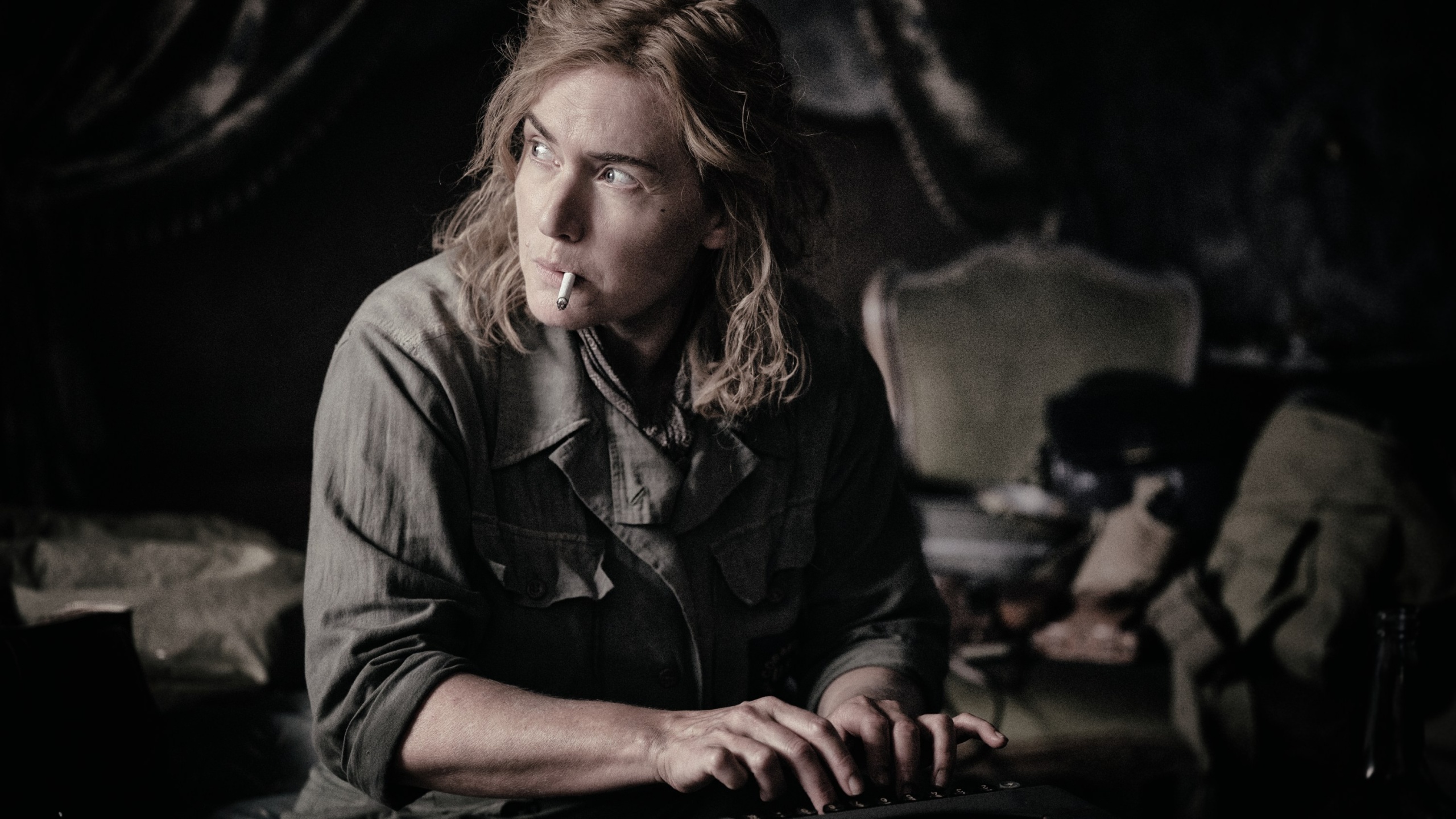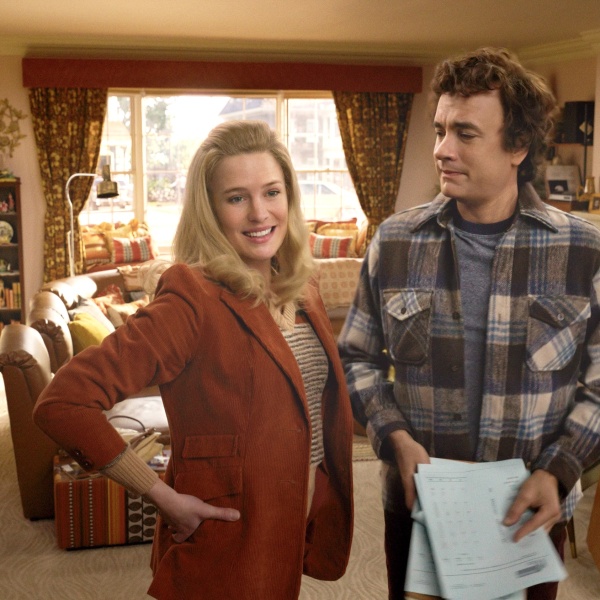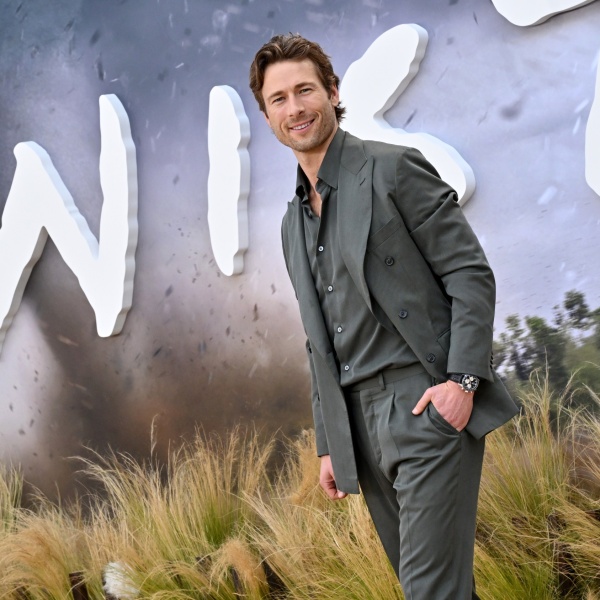Ellen Kuras thought she knew what Kate Winslet could do.
She’d been the cinematographer on “Eternal Sunshine of the Spotless Mind.” But she was not prepared for the mature Winslet who, since 2013, has pushed the biopic of World War II Vogue photographer Lee Miller into production and offered Kuras the chance to helm her first film feature after directing television (“Ozark,” “Catch-22”) and documentaries (Oscar-nominated “The Betrayal”).
Independently financed, “Lee” had its world premiere at TIFF and is seeking a North American distributor. An Oscar campaign for Winslet would be in the sights of the buyers.
No question, Winslet was driving the train as actress and producer. “She was very involved in the film from A to Z,” said Kuras, “from all the research to us having extensive conversations about who we wanted to cast, talking about who could be in different roles.” Winslet reached out to ask actors to consider joining the independently financed production. Eventually, Kuras cast Josh O’Connor, Andy Samberg, Alexander Skarsgard, Marion Cotillard, and Andrea Riseborough.
It wasn’t going to be an easy assignment. The ambitious period film starts in 1937, right before World War II when Miller made the transition from objectified fashion model to British Vogue photographer; after war broke out in Europe, she figured out how to get past the British military’s opposition to women on the front lines, thanks to her Life Magazine buddy David E. Scherman (Samberg), who reminded her that she was American.
The obstacles to getting “Lee” made were many, as Winslet and a series of writers shaped the movie into its final form, which is bookended by an elderly Lee being interviewed by a journalist (O’Connor) about her war photographs. “They were to able to shape it in a way that it becomes more thematic,” said Kuras, “which is more about ideas of freedom and the effects of war. This was an opportunity to be able to work on a personal emotional story, which had a lot of layers to it and had substance. It was about trying to capture the essence of who she is and who she was becoming.”

The movie begins in a hedonistic pre-war France, as Lee falls in love with her future British husband, Ronald Penrose (Skarsgard). “It shows her drive and her desire to take control of the image, stepping from in front of the camera to behind the camera,” said Kuras. She showed up in Surrealist Man Ray’s studio and said, ‘I want to learn photography.’” Lee joined the Surrealists, who embraced freedom from convention in art and in life.
For one thing, Lee photographed women in the war when no one else did. And at war’s end, rather than heading home to her husband, she tenaciously pursued where the thousands of missing people had gone. She found them, and photographed Dachau. “What we found fascinating,” said Kuras, “and Kate really wanted to show too, is her drive to seek the truth and to bear witness to what happened to all of these people. Lee Miller was very much somebody who looked at the invisible; her camera was deliberately pointed on the people who didn’t necessarily have a voice, who weren’t seen.”

When they shot Dachau, Kuras kept a Steadicam camera focused on Winslet. “I spoke to Kate about our point of view,” she said. They decided not to show the full camp. “With Lee, we hear her heartbeat, we feel her breathing, we establish that right off the bat at the beginning of the film. Let’s keep this an emotional journey. Keep the camera so we feel like we are very much present and there with them. What’s more effective in this story is to see the emotion play on her and Andy’s faces as they witness the horrific aftermath of the Nazis. We wanted to keep it emotional and specific.”
Winslet brought her research to the set. “She researches and knows all of her lines and everybody else’s lines,” said Kuras. “She’s so well-prepared and thinks about every single part of the detail so she embodies and loves the character.”
At the end of the movie comes what could be Winslet’s Oscar scene. When she returns from Dachau, Miller loses her shit in a desperate fight with her Vogue editor (Riseborough), who refused to publish her Dachau pictures. (American Vogue did so.) “Because having been behind the camera, when you’re there, there’s your drive to capture what’s happening and to witness and to get it onto negative to have a physical representation of what’s happening,” said Kuras.
“And she wrote to Audrey Withers on her envelopes when she sent the negatives, ‘believe it.’ And that’s the thing, because people wouldn’t believe it, when they would see it, or if they’d heard about it. And that’s why Lee wanted to show those images. That’s why it was so important. And I know that feeling as somebody who has touched the edges of war when I was at the very end of the Salvadorian War, or was in the middle of a gunfight. And you could see the people around you and you’re just trying to shoot as much as you can. Because I have to tell the story, I have to show that this is happening. And that’s all you care about, in a way you forget about yourself.”



